(NLDO) - The mysterious planet PDS 70 b threatens to overturn long-standing cosmological theories when it reveals a composition different from the protoplanetary disk of its parent star.
Just as children resemble their parents, scientists have long believed that developing planets resemble the swirling disk of gas and dust that gave birth to them, the protoplanetary disk of their parent star, according to Astrobiology.
But new research led by Northwestern University (USA) has identified an anomaly in PDS 70 b, which resembles a baby cuckoo in the middle of the PDS 70 star system.
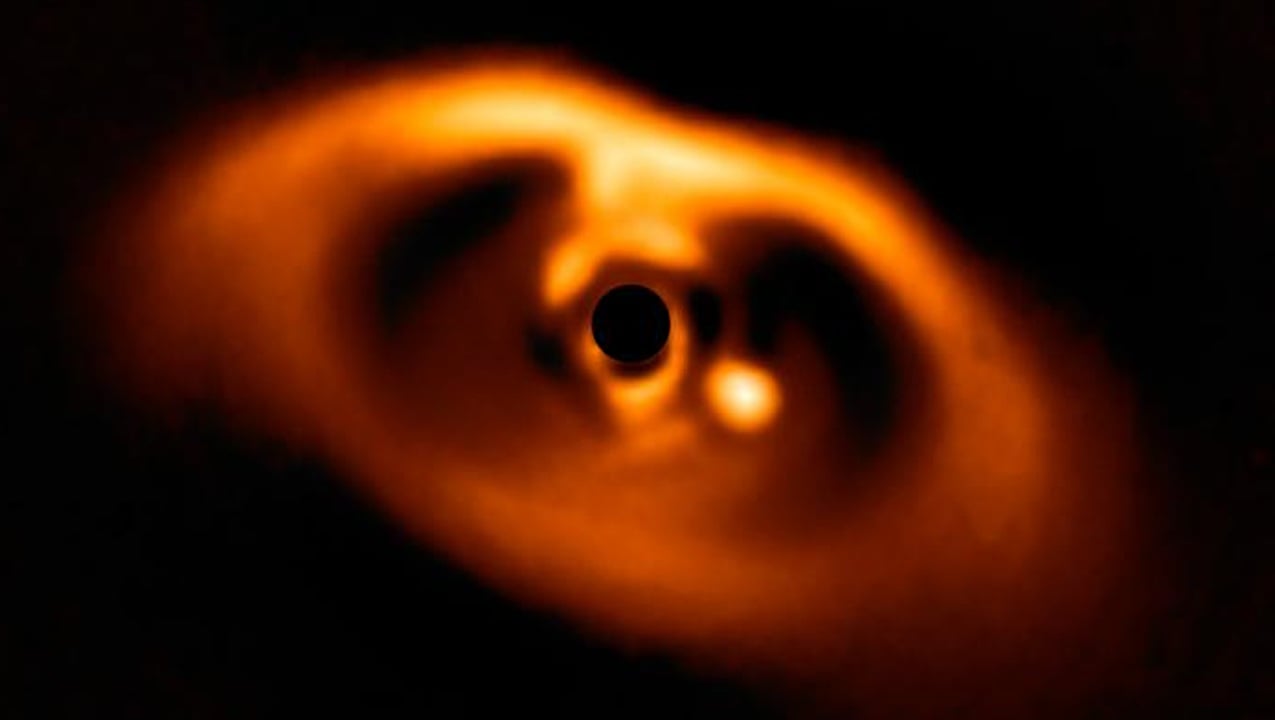
The PDS 70 star system with its parent star covered (black) to block out the glare, revealing the protoplanetary disk structure with PDS 70 b (bright spot to the right) clearly visible - Image: ESO
Writing in the scientific journal Astrophysical Journal Letters , the team says this is the first time astrophysicists have compared information from an exoplanet, its protoplanetary disk, and its parent star.
According to the picture painted by long-standing theories of planet formation, the ratio of carbon to oxygen in a planet's atmosphere should match the ratio of carbon to oxygen in its protoplanetary disk.
But the carbon and oxygen ratio of the "cuckoo planet" PDS 70 b is much lower than the faint disk of gas and dust that still exists around it.
It is suggested that there may be two different scenarios that could describe this anomaly.
First, the planet may have formed before the star system's protoplanetary disk was rich in carbon.
Second, the planet may have evolved primarily by absorbing large amounts of solid material in addition to gas. While the spectrum shows only gas, some of the initial carbon and oxygen may have accumulated from solids trapped in ice and dust.
To better understand, scientists intend to study PDS 70 c, another planet located in the same star system.
PDS 70 b and PDS 70 c are two new gas giant planets about 5 million years old, located in the PDS 70 star system which still has a protoplanetary disk, a primitive structure that will disappear after the material in the disk has condensed into planets.
This star system is located 366 light-years from Earth in the constellation Centaurus and is a rare star system that scientists can observe in the middle stage of planet formation, meaning that the planet has begun to exist but the gas and dust disk has not completely disappeared.
So PDS 70 is a great world to study planet formation. And it has already shown that humanity may have gone “wrong” when it came to building its early theories.
Source: https://nld.com.vn/hanh-tinh-tu-hu-dau-tien-lo-dien-khoa-hoc-co-the-da-lac-loi-196241221090356597.htm






![[Photo] Binh Trieu 1 Bridge has been completed, raised by 1.1m, and will open to traffic at the end of November.](https://vphoto.vietnam.vn/thumb/1200x675/vietnam/resource/IMAGE/2025/10/2/a6549e2a3b5848a1ba76a1ded6141fae)

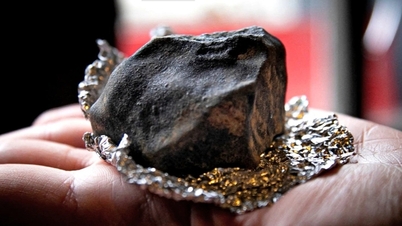







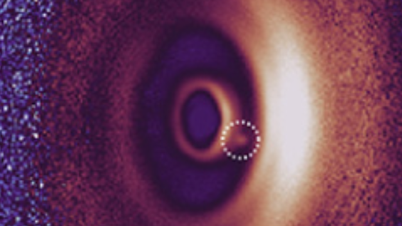








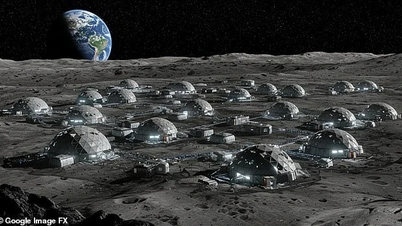


















































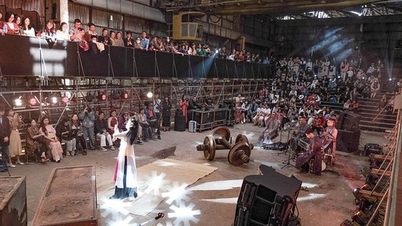






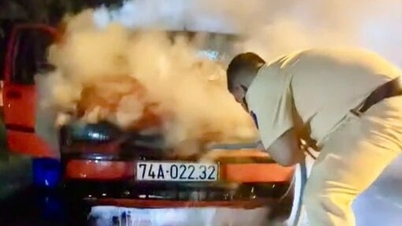


















Comment (0)